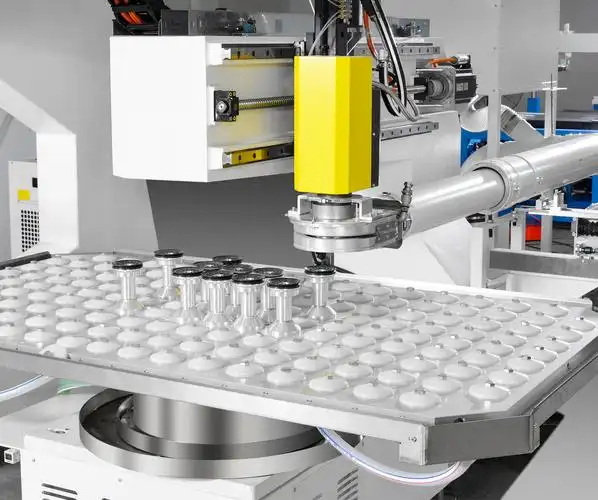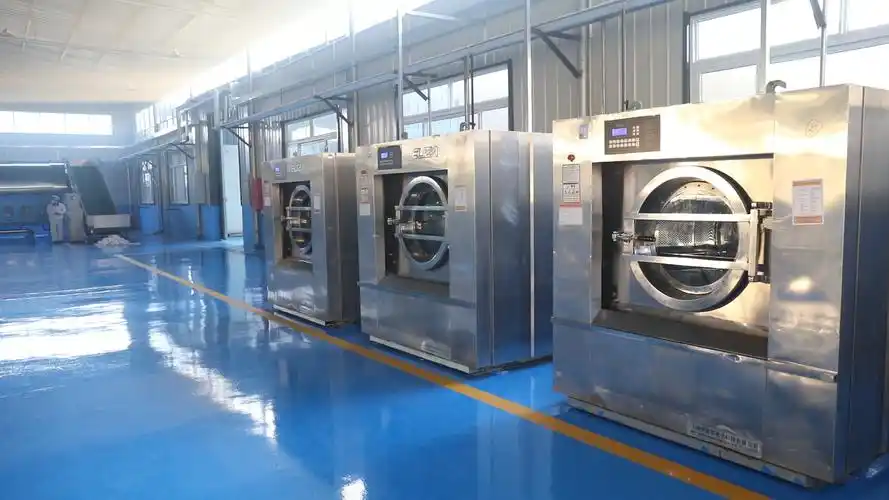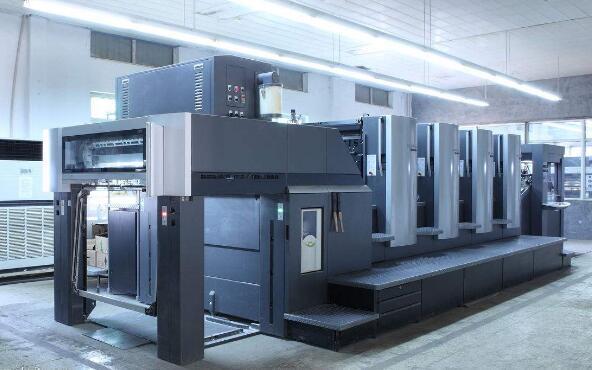
Glass edge grinding technology
Providing solutions for industrial equipment power
Glass edge grinding technology
Summary
In the field of glass edge grinding technology, specialized motors, with their high precision, high stability, and high reliability, have become the core driving components of glass edge grinding equipment. They are widely used in the edge grinding processing of various glass products, including architectural glass, automotive glass, electronic glass (such as mobile phone screens), and appliance glass. The following is an analysis from the aspects of application scenarios, core functions, type characteristics, and technological trends:
I. Application Scenarios and Core Functions
1. Main Application Scenarios
- Architectural Glass Processing : Such as edge grinding (straight edges, curved edges, bevels, etc.) of window glass and curtain wall glass, which needs to meet the high-efficiency edge grinding requirements of large-size glass.
- Automotive Glass Manufacturing : Complex curve edge grinding of windshields and side windows, requiring high precision to match the vehicle body structure.
- Electronic Glass Processing : Ultra-precision edge grinding of mobile phone screens and tablet glass (such as 2.5D/3D curved surfaces), requiring nanometer-level precision control.
- Appliance Glass Processing : Edge grinding of panel glass for refrigerators, ovens, etc., focusing on surface smoothness and dimensional consistency.
2. Core Functions
- Driving the grinding wheel to rotate at high speed : The motor drives the grinding wheel (such as diamond wheel, resin wheel) to rotate at high speed, achieving cutting and grinding of the glass.
- Precisely controlling the movement trajectory : In CNC edge grinding equipment, the motor (such as a servo motor) cooperates with the transmission system to achieve precise displacement of the grinding wheel in the X, Y, and Z axes, completing complex edge grinding paths such as straight lines, curves, and arcs.
- Adjusting grinding parameters : By adjusting the motor speed and torque in real time, the grinding force and efficiency are controlled to meet the processing needs of different glass thicknesses and hardnesses.
- Ensuring processing quality : The stability of the motor directly affects the flatness, verticality, and smoothness of the glass edge, reducing defects such as chipping and burrs.
II. Types and Characteristics of Specialized Motors
Commonly used motor types and their characteristics in glass edge grinding technology are as follows:
1. Servo Motor
- Characteristics :
- High Precision : Equipped with an encoder to achieve closed-loop control, the positioning accuracy can reach the micrometer level, meeting the needs of precision processing such as electronic glass.
- Fast Response Speed : It can start, stop, and change direction quickly, adapting to real-time adjustments of complex trajectories (such as irregular edge grinding of automotive glass).
- Wide Speed Regulation Range : The speed can be steplessly adjusted within the range of 0-5000 rpm (or even higher), matching different grinding wheels and processing technologies.
- Application Scenarios : High-end CNC edge grinding machines, multi-axis linkage edge grinding equipment.
2. High-Speed Spindle Motor
- Characteristics :
- High Speed : The rated speed can reach 10,000-60,000 rpm, meeting the high-efficiency cutting of glass by diamond grinding wheels.
- Low Vibration : Using high-precision bearings and dynamic balance design, the vibration value ≤0.1 mm/s, avoiding glass cracking due to vibration.
- High Rigidity : The spindle structure is compact and can withstand large radial loads, suitable for thick glass edge grinding.
- Application Scenarios : Straight line edge grinding machines, high-speed edge grinding production lines.
3. Stepper Motor
- Characteristics :
- Low Cost : The open-loop control structure is simple, suitable for cost-effective solutions for small and medium-sized edge grinding equipment.
- Easy Control : The turning angle is directly controlled by pulse signals, without a complex feedback system.
- Limited Accuracy : The step angle is usually 1.8°, the accuracy is lower than that of servo motors, suitable for scenarios with low accuracy requirements (such as ordinary architectural glass).
- Application Scenarios : Entry-level edge grinding machines, semi-automatic equipment.
4. Torque Motor
- Characteristics :
- Large Torque Output : Constant torque can be provided at low speeds to prevent the grinding wheel from jamming due to excessive glass resistance.
- Strong Overload Protection : It can be stalled for a long time, suitable for scenarios requiring constant force grinding (such as chamfering thick glass).
- Application Scenarios : Heavy-duty edge grinding equipment, curved surface edge grinding machines.
III. Key Technical Requirements
1. Precision and Stability
- The glass edge grinding error usually requires ≤0.1 mm, and electronic glass even requires ≤0.01 mm. Therefore, the motor needs to have high positioning accuracy and anti-interference ability (such as electromagnetic compatibility design).
2. Heat Dissipation and Lifespan
- High-speed rotating motors are prone to heat generation. An efficient cooling system (such as forced air cooling, water cooling) is required to ensure that the temperature is ≤70℃ during continuous operation and extend the lifespan of bearings and windings (design lifespan ≥20,000 hours).
3. Dynamic Response Capability
- When processing complex curves, the motor needs to quickly follow the changes in the instructions of the CNC system, and the acceleration needs to be ≥5 m/s², to reduce processing time and contour errors.
4. Reliability and Safety
- It needs to have overload protection, overheat protection, and leakage protection functions to prevent glass breakage or equipment damage caused by motor failure.
IV. Technological Development Trends
1. High Precision and Intelligence
- Combining AI algorithms and sensors to achieve adaptive adjustment of motor parameters (such as automatically adjusting the speed according to the real-time wear of the glass), improving processing consistency.
- Integrating absolute encoders and digital signal processing technology to further improve position feedback accuracy.
2. High Speed and Lightweight
- Develop air bearing spindle motors with higher speeds (such as above 100,000 rpm) to meet the ultra-precision edging needs of ultra-thin glass (such as ≤1mm).
- Using carbon fiber rotor and optimizing magnetic circuit design to reduce motor inertia and improve dynamic response speed.
3. Energy Saving and Environmental Protection
- Promoting permanent magnet synchronous servo motors with efficiency ≥95%, saving more than 30% energy compared to asynchronous motors.
- The motor cooling system uses environmentally friendly coolant to reduce industrial pollution.
4. Integration and Modularization
- Integrating the motor with the reducer, encoder, and sensor design to reduce mechanical transmission links (such as direct drive technology), improving system rigidity and reliability.
- Modular design facilitates quick replacement of motor components, reducing equipment maintenance costs.
V. Typical Application Cases
1. 3D curved edge grinding of electronic glass
- Using High-precision servo motor + direct drive spindle In conjunction with a five-axis linkage CNC system, it realizes 3D curved edge grinding of mobile phone screen glass, with processing accuracy reaching ±5μm and surface roughness Ra≤0.2μm.
2. Irregular edge grinding of automotive windshields
- Using High-torque motor + linear motor Through multi-axis linkage to complete the irregular contour grinding of the windshield, the processing efficiency is increased by 40% compared with traditional equipment, and the defect rate is <0.5%.
3. Fully automatic production line for architectural glass
- Using High-speed spindle motor + distributed control system Realizing the full automation of glass from feeding, edging to cleaning, with a daily production capacity of over 5000㎡ per unit.
Summary
The application of special motors in the field of glass edging directly determines the processing quality, efficiency, and cost. With the development of the deep processing industry of glass towards high precision, complexity, and intelligence, the performance requirements for motors will continue to improve. In the future, permanent magnet servo motors, direct drive technology, and intelligent control will become the mainstream trends, driving glass edging technology to a higher level.








